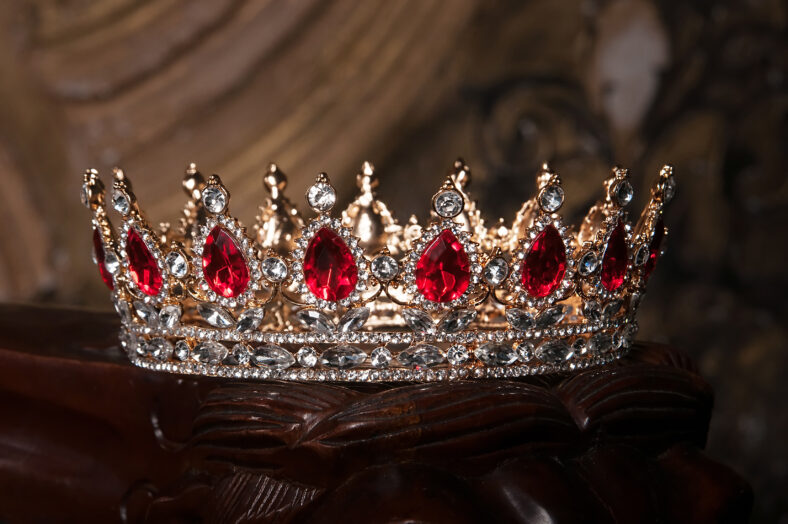A Trove Of Royal Treasure From The 16th Century, Including Crowns And Jewelry, Was Found Hidden In A Cathedral

At the beginning of World War II, a trove of royal treasure from the 16th century was hidden beneath the Vilnius Cathedral in southeastern Lithuania.
The gold crowns, jewelry, and other objects belonged to several Lithuanian-Polish monarchs and have been missing for 85 years.
A team of experts found the royal regalia while exploring Vilnius Cathedral’s underground chambers. They used an endoscopic camera to peer into the cracks and holes in the walls.
They opened up a secret spot in the crypts, where the treasures were concealed as World War II broke out in 1939.
“The discovered insignia are priceless historical treasures: symbols of Lithuania’s long tradition of statehood, symbols of Vilnius as the capital city, and magnificent works of goldsmithing and jewelry,” said Vilnius Archbishop Gintaras Grušas.
The collection includes a crown belonging to Alexander Jagiellon, the king of Poland from 1501 to 1506. There were also several crowns, chains, rings, scepters, and orbs belonging to Elisabeth of Austria and Barbara Radziwilł, the first and second wives of Sigismund II Augustus, who was king of Poland in the mid-1500s.
The Jagiellon and Habsburg dynasties were two of the most powerful families in European history. They ushered in the Polish Renaissance, also known as Poland’s golden age.
Each of these kings were also grand dukes of Lithuania since Poland and Lithuania were united between the 14th and 18th centuries.
“These crowns were not worn while the rulers were alive but were made after their deaths and were intended to be part of their tombs,” Grusaš said.

Sign up for Chip Chick’s newsletter and get stories like this delivered to your inbox.
The artifacts connected to Radziwilł were of utmost interest. She was born in 1520 and was already a widow by the 1540s when she became the king’s mistress.
Their eventual marriage caused a scandal to erupt, as nobles thought Radziwilł would not make a proper royal due to her promiscuity. But over time, she became one of the most beloved figures in Lithuanian history.
In 1931, a flood damaged the cathedral’s crypt, exposing the coffins of the three rulers. The accessories were then collected from the burials and stashed in a cavity beneath a staircase in the crypt. They were wrapped in newspaper dated to 1939.
Experts knew from historical records that the hoard of precious items existed, but their attempts at searching for it had been unsuccessful until now.
The treasures have been documented and cataloged. They will now undergo restoration before going on public display later this year.
“These symbols are important both for the state and for each of us, as signs of European identity, as a reclaimed identity of the old state, as a sign of the strength of our roots,” said Rita Pauliukevičiūtė, the director of the Church Heritage Museum.
More About:News